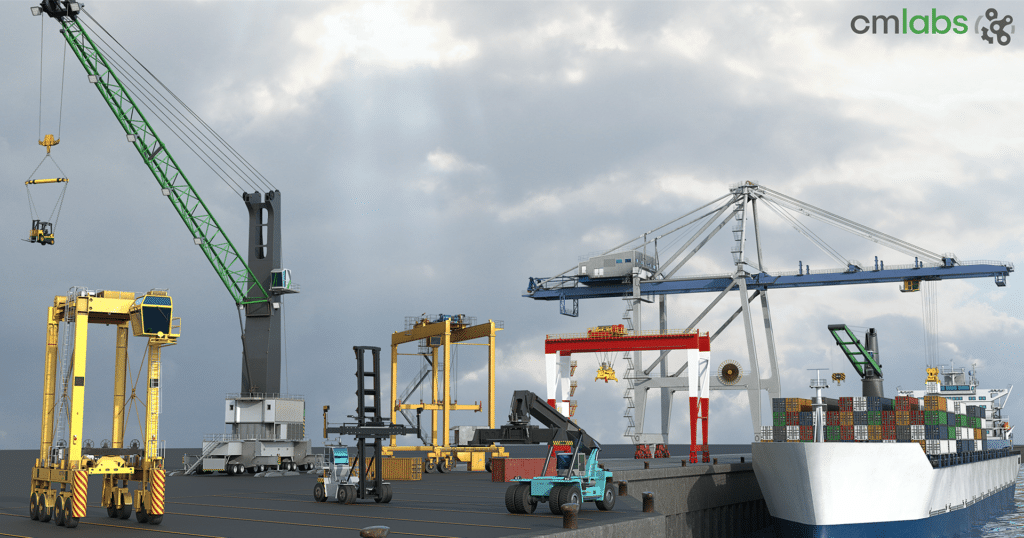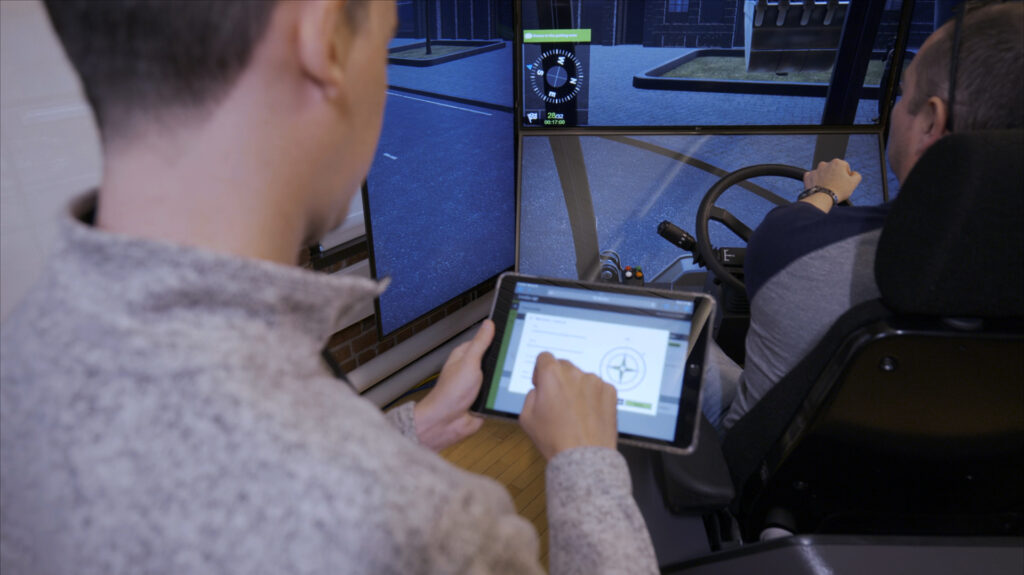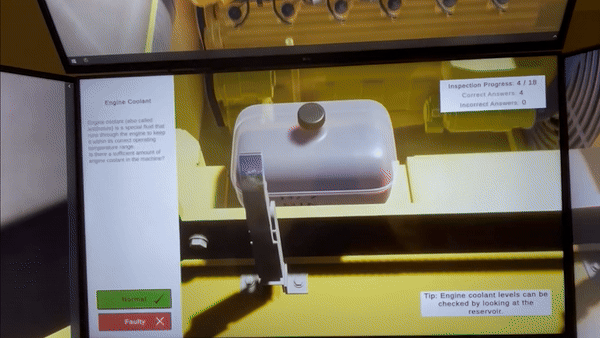It’s no secret that the industry is dealing with a widespread labor shortage. Because of this, construction companies often find themselves in a war for talent that goes beyond just recruitment but also retaining skilled workers.
Attracting people into the industry requires more than just training heavy equipment operators to use machines. It means empowering the next generation with tools that make them feel secure, give them confidence to think critically and, reflect the digital culture in which they have grown up. It also means providing existing talent with a career path and an opportunity for growth that allows them to feel valued and gives them a reason to stay.
Research shows that workforce development has a positive impact on employee retention. This includes construction, where employees can start as laborers but work their way up to equipment operators or even cross-skill to increase breadth of experience. According to FMI’s latest talent development report 43% of survey participants don’t prepare a formal annual training and development budget even though 89% of them face talent shortages.
The above demonstrates that part of the solution to ensuring employee retention is viewing training as a long-term investment. Simulation can facilitate this by offering solutions for each stage of an operator’s career:
- Recruitment
- Assessment
- Training
- Upskilling/cross-skilling
Recruitment
Simulation-based training provides a unique opportunity to engage young workers with innovative technology and allows them to see into an industry that has often been unfairly plagued with the stigma of being low-tech, dangerous, dirty and offering low-paying work. It also opens the door to a more diverse workforce by introducing different gender, age, ethnicity and disability groups to the trade in a more approachable way where practical training isn’t limited to closely supervised baptism-under-fire, instruction.
Heavy equipment simulators provide future talent with a clear idea of what a career as an operator can look like from the front lines, but within the safety of a classroom environment.
Assessment
Matching the right skills with the right job is crucial to ensuring a safe and efficient worksite. Sending people to a job site without knowing what they can or can’t do has the potential to be life threatening and extremely costly. According to the Bureau of Labor Statistics, 60% of construction workplace injuries occur within the employee’s first year of employment. Simulation allows organizations to evaluate the skill set of new recruits before putting them on real equipment.
Moreover, All of our simulators can be paired with an optional Instructor Operating Station (IOS). This remote workstation can be set up within the classroom or a different location and allows the instructor to control the training right from his seat. The IOS provides automated monitoring tools, including reporting of machine and performance data, rolled up into a single score that updates in real-time. This customizable scoring system allows the instructor to weigh different metrics, provide thresholds and deduct points for issues like collisions, human contact or exceeding time limits. Not only does this support benchmarking, but it also provides a more productive learning experience by focusing the training on areas for improvement for both existing and new workers.
Training
Because equipment operators come with a wide variety of experience, skills, and requirements, training should be tailored to the needs of each individual. Attempting this in the field is costly, time-consuming, and often weather dependent. Simulation improves the student-to-teacher ratio while still maintaining personalized instruction. According to Local 150 of the International Union of Operating Engineers, simulation is the answer to training twice as many people in the same amount of time. Terri Olson from Next Gen Equipment finds the ability to train year round and allow students access to a variety of exercises without having to take the real equipment out of operation an invaluable asset that positively affects the company’s bottom line.
With heavy equipment simulators, the training never stops. Everything from the weather to the density of the soil and machine faults can be replicated all while mimicking real machine behavior. Trainees don’t have to wait for the right project to experience various scenarios such as a tandem lift, loading a dump truck or digging a trench for pipe laying. Put simply, training on a heavy equipment simulator is real-world experience in a stress-free environment where learning from your mistakes is encouraged.
Upskilling and Cross-skilling
Ongoing training and development are an integral part of boosting morale and retaining a qualified workforce. According to LinkedIn’s 2018 Workforce Learning Report, 94% of employees would stay at a company longer if it invested in their careers. Attracting the younger generation into the industry means providing them with opportunities to upgrade their skills and grow in their careers. A formal workforce development program that prioritizes upskilling and cross-skilling can do just this.
Our simulation-based training tools provide maximum training flexibility, with entry level desktop simulators to more immersive multi-screen units that feature swappable controls. CM Labs’ catalogue of earthmoving and lifting equipment including dozer, excavator, backhoe, wheel loader, cranes, and more allow operators to advance their skills by learning more complex operations or training on different machines.
Investing in Training is an Investment in the Future
The benefits of simulation-based training go beyond fuel savings and minimizing equipment wear and tear. It demonstrates an organization’s commitment to investing in human capital right from the start. Leveraging the right technology in your training is one way to ensure a steady flow of skilled labor for years to come.




